

Articles
What Does A19 Mean On A Light Bulb
Modified: January 19, 2024
Discover the meaning of A19 on a light bulb and learn more about this common classification. Explore our articles on various light bulb types and their uses.
(Many of the links in this article redirect to a specific reviewed product. Your purchase of these products through affiliate links helps to generate commission for Storables.com, at no extra cost. Learn more)
Introduction
Welcome to the world of lighting technology, where the options seem endless and the terminology can be overwhelming. If you’ve ever been in a store or searched online for light bulbs, you may have come across the term “A19.” But what does A19 mean? Fear not, as we’re here to shed some light on this topic, explaining the meaning and significance of A19 light bulbs.
Whether you’re an interior designer, a homeowner looking to upgrade your lighting, or simply someone curious about lighting technology, understanding A19 light bulbs will help you make informed decisions and find the right lighting solution for your needs.
In this article, we’ll delve into the details of A19 light bulbs, exploring their meaning, specifications, common uses, and even the pros and cons associated with them. So, let’s get started and demystify the A19 light bulb!
Key Takeaways:
- A19 light bulbs, with their arbitrary shape and versatile compatibility, offer flexibility in creating various lighting effects for residential, commercial, and outdoor settings. Their availability, cost-effectiveness, and dimmability make them a reliable lighting solution for diverse needs.
- Understanding the specifications and pros and cons of A19 light bulbs empowers consumers to make informed decisions based on their specific lighting requirements. Whether seeking general, task, or decorative lighting, A19 bulbs provide options for creating the perfect ambiance.
Read more: What Is An A19 LED Bulb
Understanding A19 Light Bulbs
Before we dive into what A19 means, it’s important to have a basic understanding of light bulbs in general. Light bulbs come in various shapes and sizes, each designed for specific purposes and applications. The A19 light bulb is one of the most commonly used and versatile options available.
An A19 light bulb refers to a specific shape and size of light bulb. The “A” stands for Arbitrary, indicating that the bulb does not adhere to a strict industry standard in terms of shape. The number “19” refers to the diameter of the bulb in eighths of an inch. In other words, an A19 light bulb has a diameter of approximately 2 and 3/8 inches or 60 millimeters.
What sets A19 light bulbs apart is their versatility. They are designed to fit a wide range of fixtures and lamps, making them suitable for various lighting applications. Whether you need ambient lighting in your living room, task lighting in your kitchen, or accent lighting in your bedroom, A19 bulbs can do the job.
Understanding the shape and size of A19 light bulbs is just the beginning. To fully grasp the significance of A19 bulbs, we need to explore their specifications and how they can be used effectively. So, let’s move on to the next section to uncover the mystery behind A19 light bulb specifications.
What Does “A19” Mean?
Now that we understand that A19 refers to the shape and size of a light bulb, let’s delve deeper into what this designation really means. The “A” in A19 indicates that the bulb has an arbitrary shape, meaning it does not conform to a standardized shape like other bulbs, such as BR (bulged reflector) or PAR (parabolic aluminized reflector) bulbs.
The number “19” represents the diameter of the bulb in eighths of an inch. Therefore, an A19 light bulb has a diameter of approximately 2 and 3/8 inches or 60 millimeters. This standardized measurement allows consumers to easily identify and select the right-sized light bulb for their fixtures.
A19 bulbs generally have a medium screw base, also known as an E26 base. The “E” stands for Edison, paying homage to the inventor of the incandescent light bulb. The number “26” refers to the diameter of the base in millimeters. This screw base is the most common type of base found in residential and commercial lighting, making A19 bulbs compatible with a wide variety of fixtures.
Additionally, A19 bulbs are available in different wattages and color temperatures. The wattage refers to the amount of power the bulb consumes. Higher wattage bulbs produce more light, but also use more energy. Color temperature refers to the appearance of the light emitted by the bulb, ranging from warmer, yellow tones to cooler, bluish-white tones.
By understanding the meaning behind “A19,” you can easily identify and select the right light bulb for your specific needs and preferences. Whether you’re looking for a soft warm glow for your living room or a bright white light for your workspace, A19 bulbs offer versatile options to meet your lighting requirements.
Next, let’s explore the specifications of A19 light bulbs in more detail to gain a comprehensive understanding of their functionality and performance.
A19 Light Bulb Specifications
A19 light bulbs come with a range of specifications that determine their performance and suitability for different lighting applications. Understanding these specifications will help you choose the right A19 bulb to achieve the desired lighting effect. Let’s explore some of the key specifications:
- Wattage: A19 bulbs are available in various wattages, typically ranging from 40 watts to 100 watts. Higher wattage bulbs produce more light output, making them ideal for areas where brighter illumination is needed. However, it’s important to consider energy efficiency when selecting the wattage of your A19 bulb.
- Color Temperature: A19 bulbs are available in different color temperatures, measured in Kelvin (K). Lower Kelvin values, around 2700K-3000K, produce a warm white light that resembles traditional incandescent bulbs. Higher Kelvin values, around 5000K-6500K, produce a cool white or daylight color that mimics natural daylight. The choice of color temperature depends on the ambiance and purpose of the lighting.
- Dimmability: Many A19 bulbs are dimmable, allowing you to adjust the brightness according to your preference and lighting needs. Dimmable A19 bulbs are compatible with standard dimmer switches, but it’s important to check the packaging or specifications to ensure compatibility.
- Lifespan: A19 bulbs typically have a rated lifespan ranging from 1,000 hours to 25,000 hours or more. Longer lifespan bulbs are more durable and cost-effective in the long run, as they require less frequent replacements.
- Energy Efficiency: A19 bulbs have varying levels of energy efficiency, represented by their luminous efficacy. This refers to the amount of light produced per watt of electricity consumed. Look for bulbs with higher lumens per watt (lm/W) to maximize energy efficiency.
- Beam Angle: The beam angle of an A19 bulb determines the spread of light it provides. Wide beam angles, around 120 degrees or more, are suitable for general illumination, while narrow beam angles, around 30-40 degrees, are ideal for focused lighting or highlighting specific objects.
These specifications help you understand the capabilities and limitations of A19 light bulbs, allowing you to make educated decisions based on your lighting requirements. Keep these specifications in mind when shopping for A19 bulbs to ensure you find the right fit for your needs.
Now that we’ve covered the specifications, let’s move on to exploring the common uses for A19 light bulbs in various settings.
A19 refers to the shape and size of the light bulb. The “A” stands for Arbitrary shape and the number represents the diameter of the bulb in eighths of an inch. So, an A19 bulb is 2.375 inches in diameter.
Common Uses for A19 Light Bulbs
A19 light bulbs are incredibly versatile and can be used in a wide range of settings and applications. Their widespread popularity is largely due to their compatibility with various fixtures and their ability to provide adequate lighting in different environments. Let’s explore some of the common uses for A19 light bulbs:
- Residential Lighting: A19 bulbs are commonly used in homes for general lighting needs. Whether in living rooms, bedrooms, or hallways, these bulbs provide a good balance between brightness and energy efficiency. With their dimmable options and varying color temperatures, you can create the perfect ambiance for different rooms in your home.
- Task Lighting: A19 bulbs with higher wattages are suitable for task lighting purposes. Install them in desk lamps, reading lamps, or kitchen fixtures to provide focused and brighter illumination for activities such as reading, studying, or cooking.
- Ambient Lighting: A19 bulbs can also be used for ambient lighting, creating a warm and inviting atmosphere in living spaces. Install them in chandeliers, pendant lights, or wall sconces to achieve a cozy and comfortable vibe.
- Commercial Lighting: A19 bulbs are widely used in commercial settings as well, such as offices, retail stores, and restaurants. They offer a cost-effective lighting solution, providing adequate illumination for workspaces, product displays, and dining areas.
- Outdoor Lighting: A19 bulbs can be used for outdoor lighting applications too. Whether for porch lights, security lights, or landscape lighting, A19 bulbs with appropriate weather resistance can withstand outdoor conditions while providing the necessary illumination.
- Decorative Lighting: A19 vintage-style bulbs have gained popularity for their nostalgic and decorative appeal. They add a touch of retro charm to spaces like cafes, restaurants, and event venues. These bulbs are often used in exposed fixtures or pendants to showcase their unique filament designs.
These are just a few examples of how A19 light bulbs can be utilized effectively. The adaptability and versatility of A19 bulbs make them a go-to choice for various lighting needs, whether in residential, commercial, or outdoor settings.
Now that we’ve explored the common uses of A19 light bulbs, let’s move on to examining the advantages and disadvantages associated with these bulbs.
Read also: 12 Best A19 Light Socket for 2025
Pros and Cons of A19 Light Bulbs
Like any lighting option, A19 light bulbs come with their own set of advantages and disadvantages. Understanding these pros and cons can help you make an informed decision when considering A19 bulbs for your lighting needs. Let’s explore:
- Pros:
- Compatibility: A19 bulbs are compatible with a wide range of fixtures, making them a versatile lighting option that can fit into various settings.
- Availability: A19 bulbs are widely available, making them easily obtainable in stores or online, ensuring you can find replacements or additional bulbs when needed.
- Cost-Effective: A19 bulbs are often reasonably priced and offer good value for money, especially considering their performance and longevity.
- Options for Different Lighting Effects: With varying wattages and color temperatures, A19 bulbs provide flexibility in creating the desired lighting effects for different spaces.
- Dimmability: Many A19 bulbs are dimmable, allowing you to adjust the brightness based on your needs and preferences.
- Cons:
- Size Limitation: The standard A19 bulb size may not be suitable for fixtures with smaller openings or specialized lighting requirements.
- Heat Emission: A19 incandescent bulbs can emit a significant amount of heat, which can be a concern in enclosed fixtures or during extended use.
- Energy Efficiency: While A19 LED bulbs offer better energy efficiency compared to incandescent bulbs, some A19 options might be less energy-efficient compared to other specialized bulb types.
It’s important to consider these pros and cons in relation to your specific lighting needs and priorities. If versatility and cost-effectiveness are key factors for you, A19 bulbs can be a great choice. However, if you require specialized lighting effects or higher energy efficiency, you may want to explore other options.
With a balanced understanding of the pros and cons, you can make an informed decision when selecting A19 light bulbs for your home or business. Now, let’s wrap up our discussion on A19 bulbs.
Conclusion
A19 light bulbs offer a versatile and widely available lighting solution for a variety of settings and applications. Understanding the meaning behind “A19” and the specifications of these bulbs can help you make informed choices when it comes to selecting the right lighting for your needs.
With their compatibility, varying wattages, color temperatures, and dimmability options, A19 bulbs provide flexibility in creating different lighting effects and ambiance. Whether you’re looking for general lighting, task lighting, or decorative lighting, A19 bulbs can meet your requirements.
While A19 bulbs have their advantages, including their availability, cost-effectiveness, and compatibility, it’s essential to consider their limitations. These bulbs may not be suitable for all fixtures, and certain types might have lower energy efficiency or emit more heat.
Ultimately, the choice to use A19 light bulbs depends on your specific lighting needs, preferences, and budget constraints. By weighing the pros and cons and considering your requirements, you can make an informed decision.
So, the next time you’re in need of lighting solutions, remember that A19 light bulbs, with their flexibility and versatility, can be a reliable choice for creating the perfect lighting atmosphere in your home, office, or any other space.
Now armed with the knowledge about A19 light bulbs, go ahead and light up your world with the perfect brightness and ambiance!
Frequently Asked Questions about What Does A19 Mean On A Light Bulb
Was this page helpful?
At Storables.com, we guarantee accurate and reliable information. Our content, validated by Expert Board Contributors, is crafted following stringent Editorial Policies. We're committed to providing you with well-researched, expert-backed insights for all your informational needs.
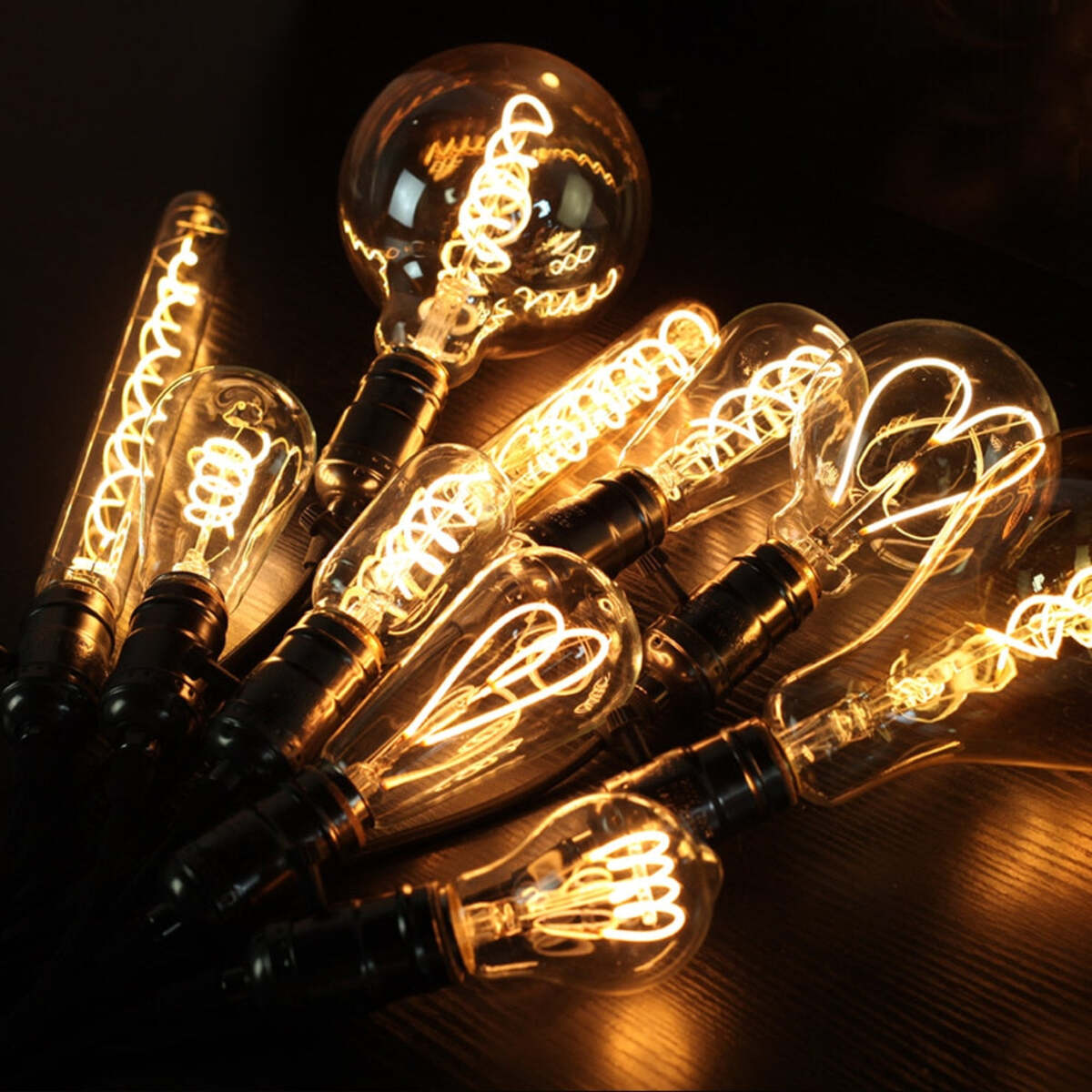

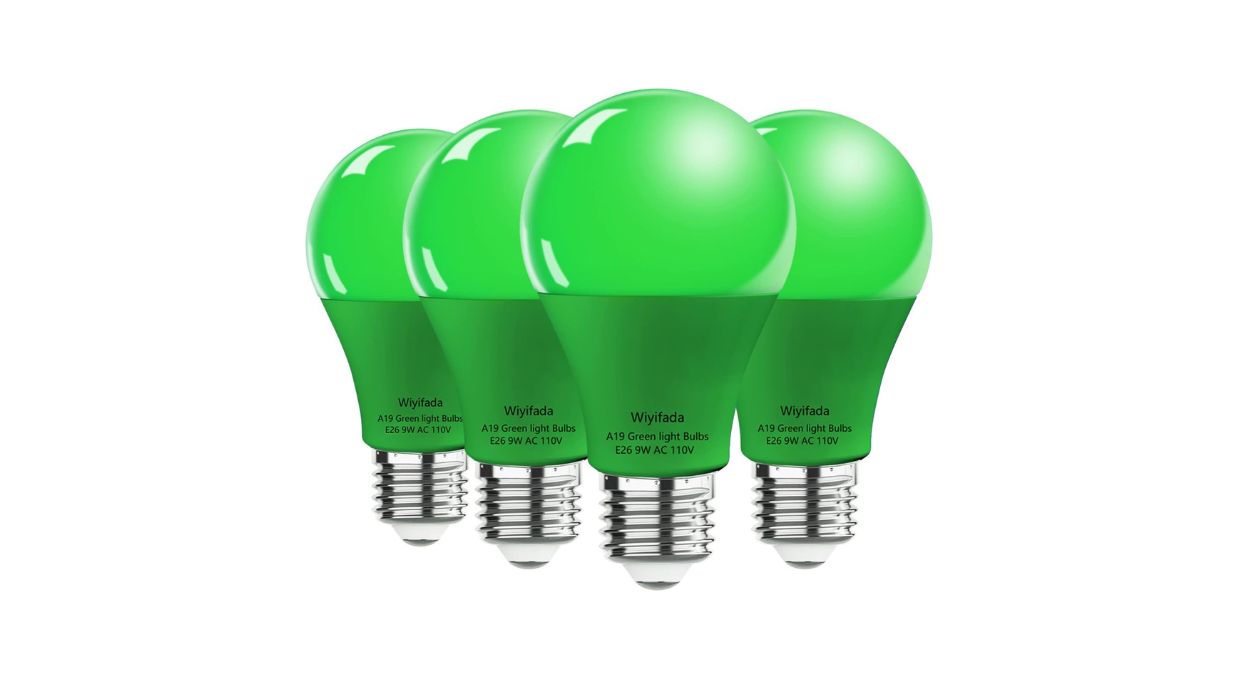
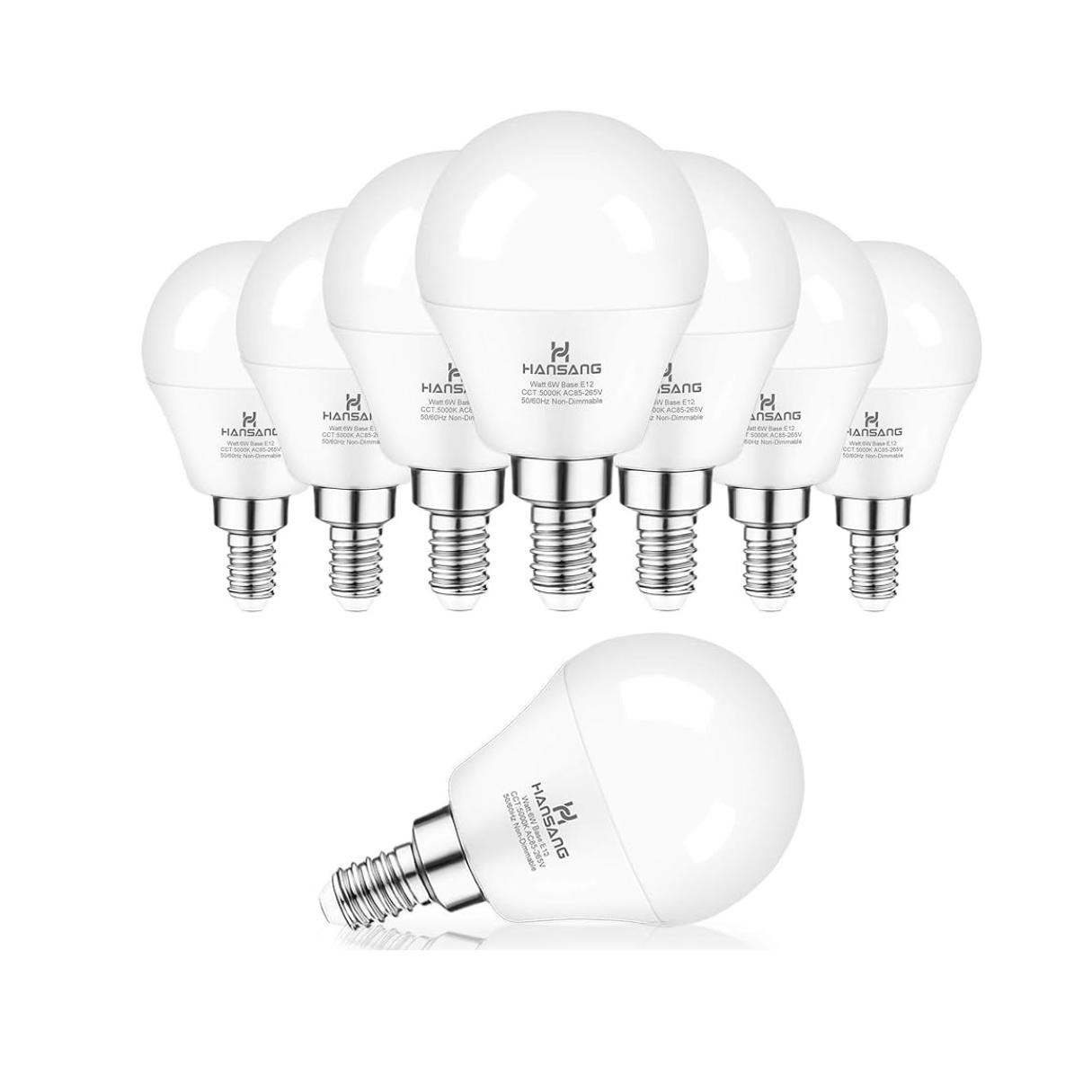

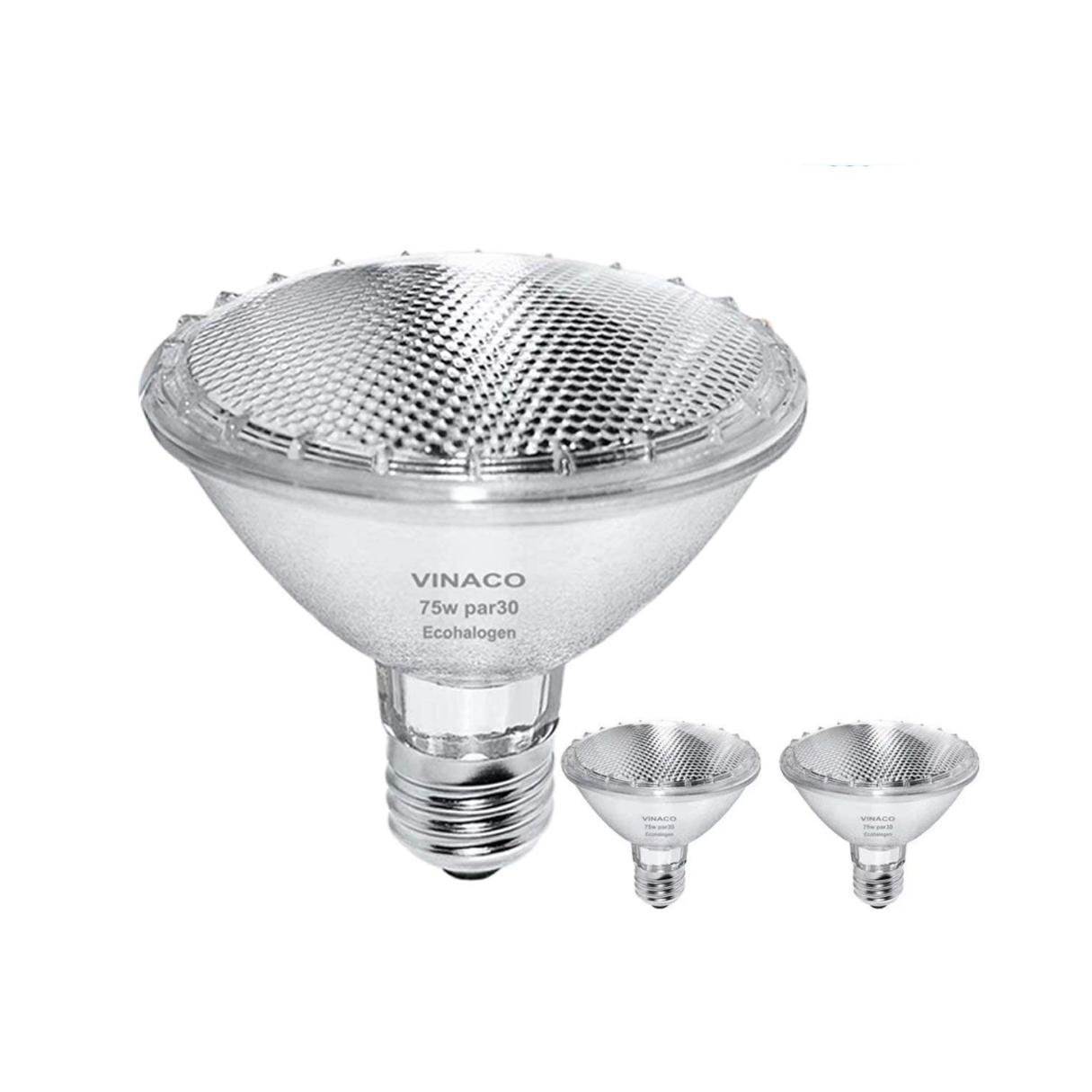
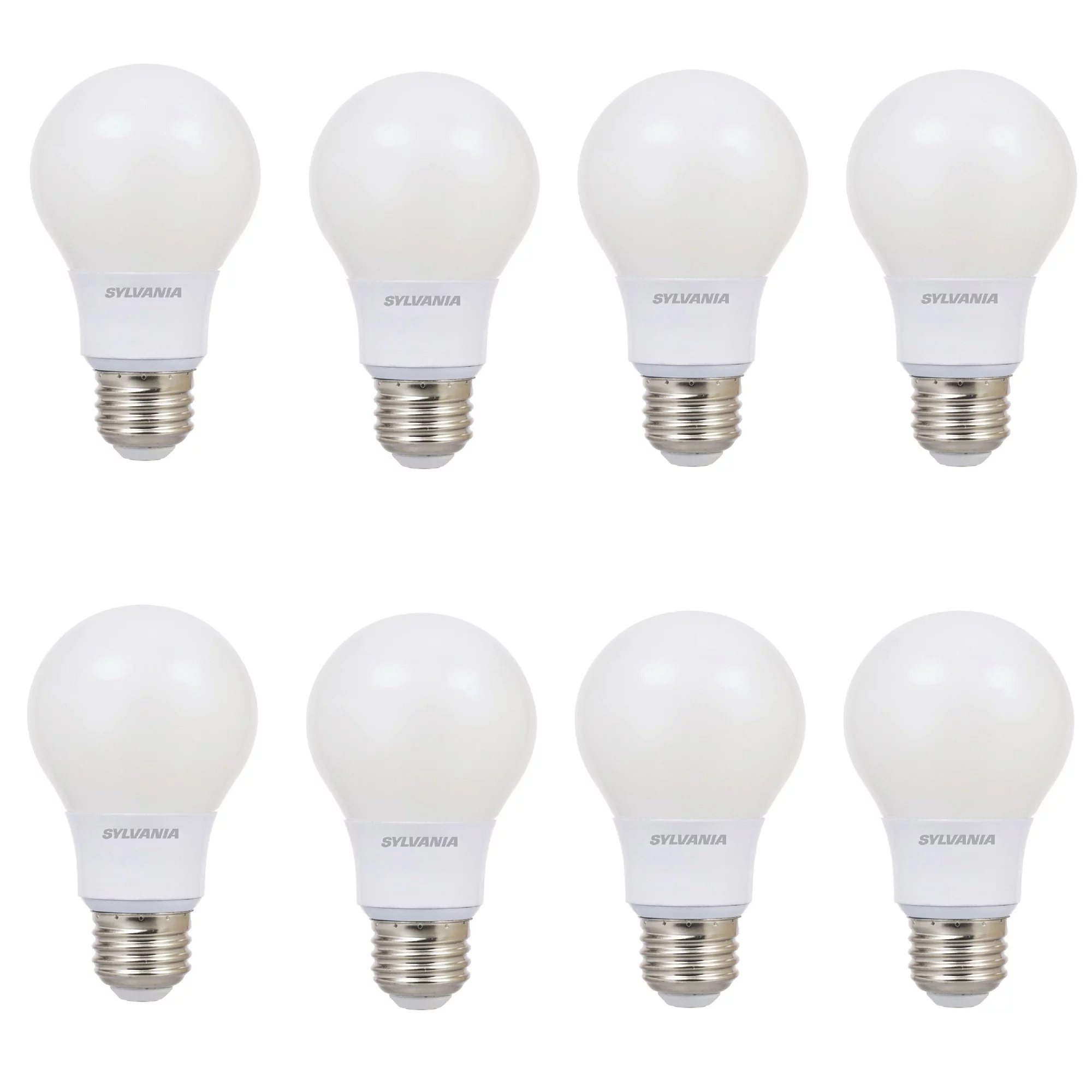

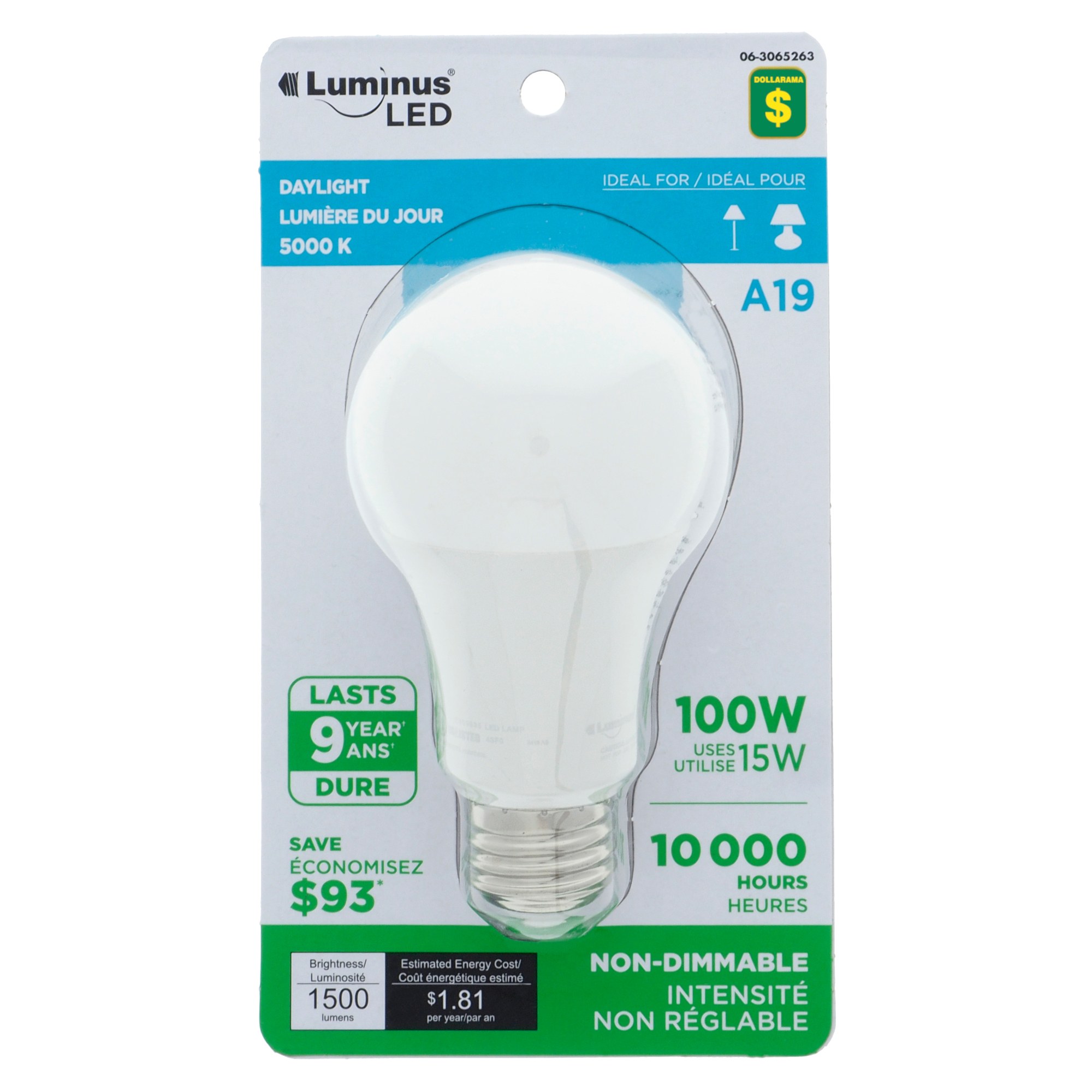
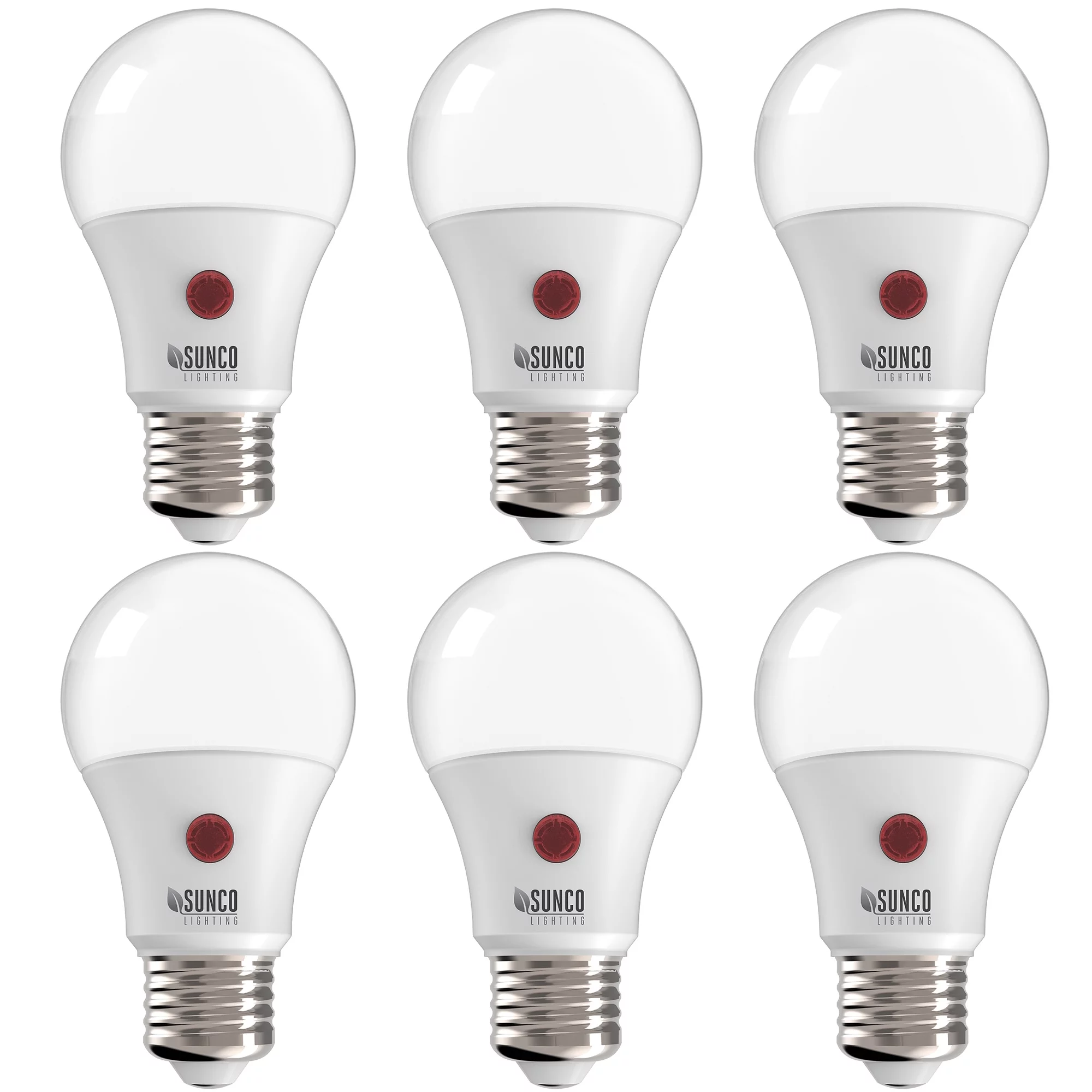
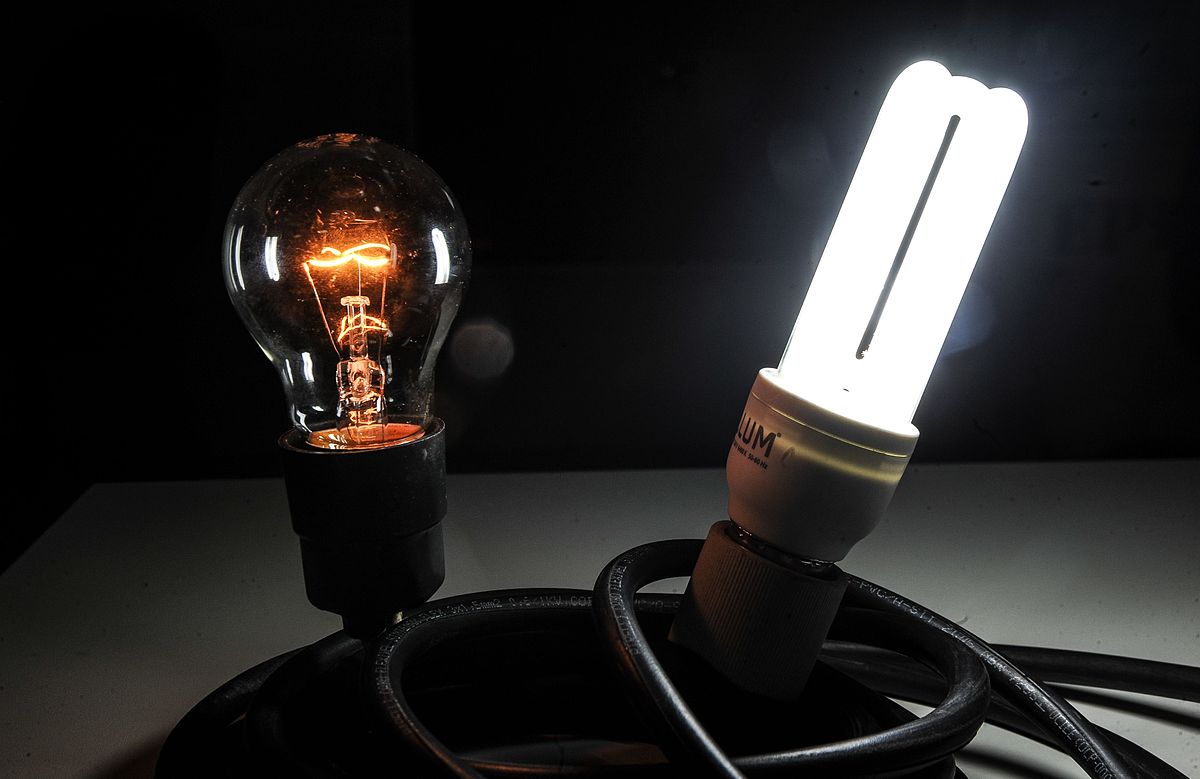


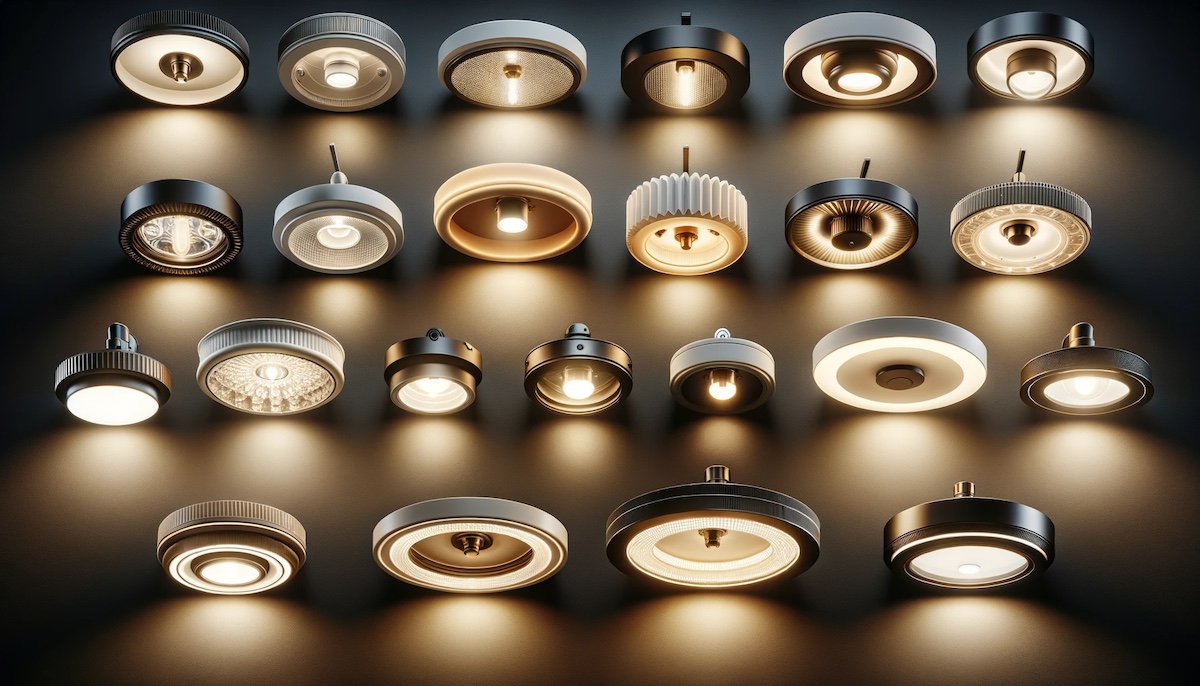

0 thoughts on “What Does A19 Mean On A Light Bulb”